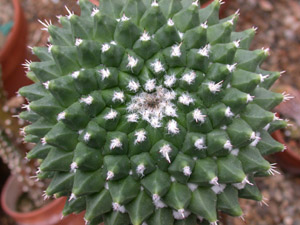Remember that, if you are looking for
an explanation of a particular term, you may find it on a page dedicated to
trees even if you are looking at a herb. Leaf shape terms apply to all leaves.
The Natural
Resource Skills Course at Sir Sanford
Fleming College in Lindsay, Ontario has a page with pictures on tree morphology.
It concentrates on northern trees, but has lots of valuable information. The
American Museum of Natural History has a short section on plant
morphology.
An excellent resource for botany students
is Botany
Online - The Internet Hypertextbook.
The editor is Peter Sengbusch from the University of Hamburg. The are both
English and German editions. There is a page on Flowering Plant
Morphology which explains much of the terminology needed to understand
the keys.
Another useful site for tree terminology
is at the Trees
of Alabama and the Southeast website.
Click on the terminology link on the left. There are lots of pictures.
There are pictures of various fruit types
(and a key to them) at the California State University's CSUBIOWEB. This is useful if you don't know a hesperidium from
a drupe from a true berry. The same department also maintains a series of
pages that act as a key to the fruits (both
fleshy and dry)
There are images of leaf and stem terms
at a site developed by James Manhart
of the Texas A&M University herbarium. The site is produced by the Bioinformatics
Working Group. This page is a bit different, so a word on how to use it. Click
on the folder which contains the info you need to see (example: leaf margins).
In the folder is a webpage (it has the htm suffix). Click on the webpage and
you get a drawing of each term. Click on the drawing and you get a picture.
Flowers are very complex (why would
that be so?) but we will simplify them as much as possible. A good site
is the flower
page of Botany Online. There is also information on the Basic
Flower ground plan available. The American Museum of Natural History
has a short section on flower
morphology.
A pronunciation
guide for botanical terms is maintained by Curtis Clark of California State
Polytechnic University. Just click on the speaker icon next to the them and
you hear the term pronounced.
Some morphology sites have a narrower
focus. The United Kingdom's Agrifor program is an interesting one that has
links to detailed morphologies
of corn, bananas, and cassava. You aren't likely to find any of these on your
collecting trips, but the sites are wonderful. Most are the product of the
International Institute of Tropical Agriculture
Research in Ibadan, Nigeria.
Another worthwhile diversion is a trip
to the International Center for Tropical Agriculture (CIAT), webpage. This research center in Cali, Columbia is
committed to the improvement of crops in tropical agroecosystems in the Americas,
Asia, and Africa.
There are 16 cooperating agroresearch
centers worldwide that have grown from a desire to coordinate and support
research in developing countries. The parent organization is the Consultative
Group on International Agricultural Research (CGIAR). Startup funding came from the World Bank, and the
United Nations (FAO and UNDP).
